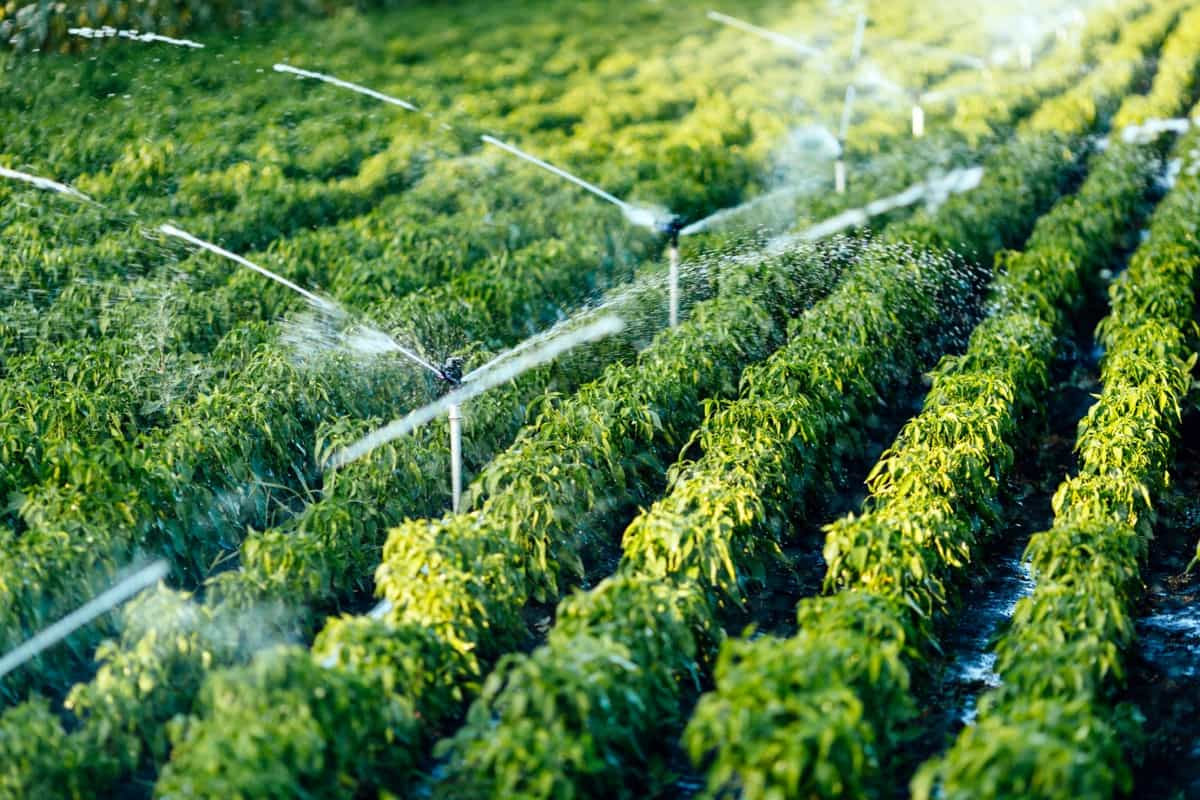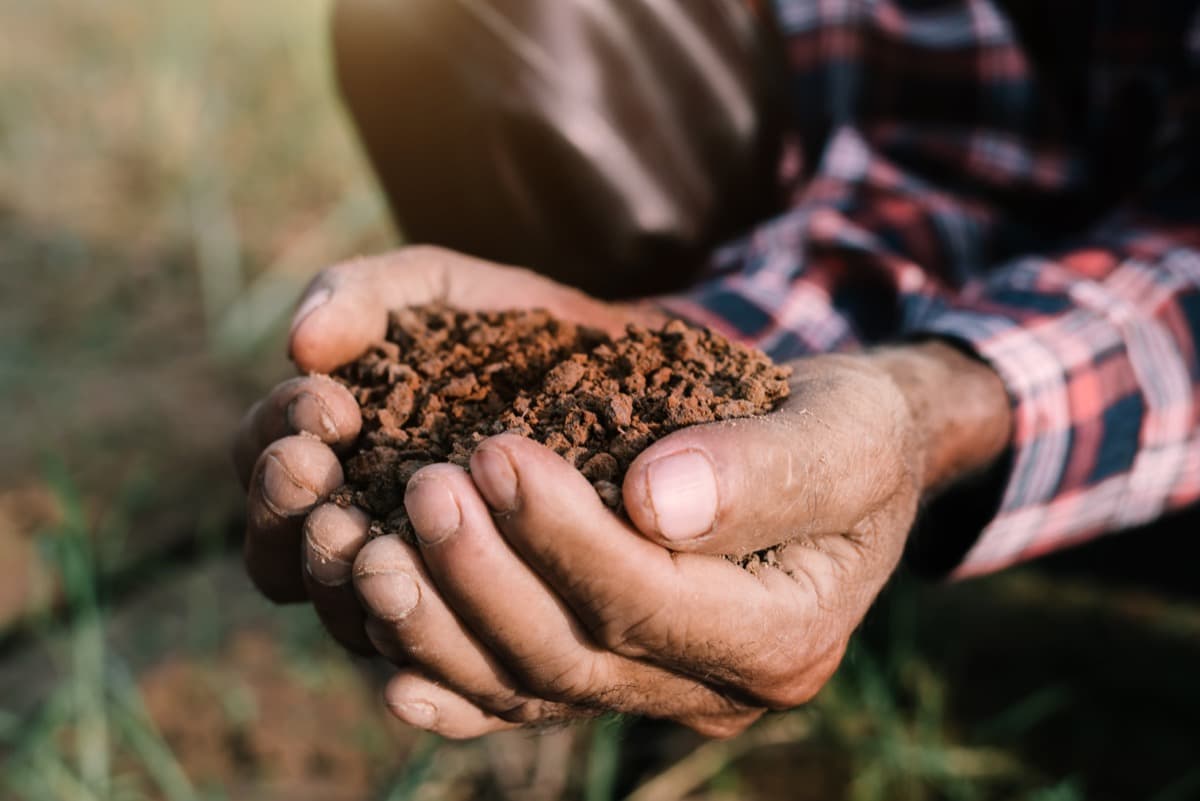India is an agrarian economy where agriculture is a vital sector contributing significantly to the GDP. However, farming is not free from challenges, and small and marginal farmers often face economic difficulties due to natural calamities, market fluctuations, and other factors.

To address these challenges and provide support to the farming community, the government of India has introduced various agriculture/farming subsidy schemes. Below we learn the list of top agricultural schemes in India, government subsidy schemes for farmers, central government subsidy schemes for agriculture, and different top agricultural schemes in India.
Government Agriculture/Farming Subsidy Schemes in India
Pradhan Mantri Fasal Bima Yojana (PMFBY)
This scheme provides crop insurance to farmers in case of crop failure due to natural calamities, pests, and diseases. The subsidy amount varies from 1.5% to 5% of the premium, depending on the crop and the area. The government pays up to 90% of the premium for farmers in the northeastern region and up to 60% for other farmers.
Pradhan Mantri Krishi Sinchai Yojana (PMKSY)
The PMKSY scheme aims to provide irrigation facilities to farmers. The subsidy amount for this scheme is 55% of the project cost for small and marginal farmers and 45% for other farmers. The scheme covers the construction of wells, bore wells, tube wells, micro-irrigation systems, etc.
Rashtriya Krishi Vikas Yojana (RKVY)
The RKVY scheme aims to promote agriculture and allied sectors by providing financial assistance to farmers. The subsidy amount for this scheme is up to 50% of the project cost for general farmers and up to 60% for SC/ST farmers. The scheme covers crop diversification, horticulture, organic farming, etc.
Pradhan Mantri Kisan Samman Nidhi Yojana (PM-KISAN)
PM-KISAN is a scheme that provides income support to small and marginal farmers. The subsidy amount for this scheme is Rs. 6,000 per annum, payable in three equal installments of Rs. 2,000 each. The scheme applies to all farmers except those already covered under other central or state government schemes.
National Food Security Mission (NFSM)
The NFSM scheme aims to increase the production of rice, wheat, pulses, and coarse cereals in the country. The subsidy amount for this scheme varies depending on the crop and the area. For example, the subsidy amount for rice cultivation is Rs. 4,000 per hectare for general farmers and Rs. 5,000 per hectare for SC/ST farmers. Similarly, the subsidy amount for wheat cultivation is Rs. 1,400 per hectare for general farmers and Rs. 1,750 per hectare for SC/ST farmers.
In case you missed it: Crop Insurance Schemes in India: How to Apply and Top 4 Government Schemes

Paramparagat Krishi Vikas Yojana (PKVY)
The PKVY scheme aims to promote organic farming in the country. The subsidy amount for this scheme is up to Rs. 50,000 per hectare for three years, and it covers activities such as vermicomposting, green manuring, crop rotation, etc. The scheme applies to all farmers, including those not yet certified as organic farmers.
Kisan Credit Card (KCC) Scheme
The KCC scheme aims to provide affordable credit to farmers for their agricultural and allied activities. The subsidy amount for this scheme varies from bank to bank, but it is generally 2% to 3% of the loan amount. The scheme covers crop production, dairy, poultry, fisheries, etc.
National Mission on Oilseeds and Oil Palm (NMOOP)
The NMOOP scheme aims to increase the production of oilseeds and oil palm in the country. The subsidy amount for this scheme varies depending on the activity, but it is generally 50% to 75% of the project cost. The scheme covers activities such as the distribution of high-yielding varieties of oilseeds, the creation of oilseed villages, the establishment of oilseed processing units, etc.
Pradhan Mantri Annadata Aay Sanrakshan Abhiyan (PM-AASHA)
The PM-AASHA scheme aims to provide farmers with a Minimum Support Price (MSP) for their produce. The subsidy amount for this scheme varies depending on the crop, but it is generally the difference between the MSP and the market price, subject to a maximum limit. The scheme covers crops such as paddy, wheat, pulses, oilseeds, etc.
Soil Health Card (SHC) Scheme
The SHC scheme aims to provide soil health cards to farmers, which contain information about the nutrient status of their soil and recommendations for appropriate doses of fertilizers. The subsidy amount for this scheme is up to 100% of the cost of soil testing and analysis. The scheme applies to all farmers, who can get their soil tested once every three years.
In case you missed it: How to Start a Soil Testing Lab in India: A Profitable Idea for Agri Entrepreneurs

Frequently Asked Questions about Government Agriculture/Farming Subsidy Schemes in India
How Much Subsidy do Indian Farmers Get?
The amount of subsidy that Indian farmers receive depends on various factors such as the type of crop, landholding size, and region. The Indian government offers subsidies through Pradhan Mantri Fasal Bima Yojana, Soil Health Card Scheme, and Kisan Credit Card Scheme. These schemes provide farmers with financial support and incentives, ranging from a few thousand rupees to lakhs of rupees.
For instance, under the Pradhan Mantri Fasal Bima Yojana, farmers pay a premium of only 1.5% to 2% of the sum insured for Kharif crops, 5% for rabi crops, and 2% for horticultural crops, while the government subsidizes the rest. Similarly, under the Soil Health Card Scheme, farmers receive up to 50% subsidy for soil testing and 100% for health card distribution.
The Kisan Credit Card Scheme provides farmers with credit up to Rs. 3 lahks at a subsidized interest rate of 4% to 7%, which can be used for various farming-related activities. Overall, the amount of subsidy that Indian farmers get varies depending on the scheme, crop, and region. Still, it has played a significant role in supporting the agriculture sector and improving farmers’ livelihoods.
Is Government Subsidy Taxable?
In India, government subsidies can be taxable or non-taxable, depending on the type of subsidy received. Generally, subsidies related to agricultural income or export promotion are exempt from tax. However, subsidies related to business income or production are considered income for tax purposes and are taxable under the Income Tax Act.
The subsidy amount is added to the recipient’s taxable income and taxed at the applicable tax rate. The government may also deduct tax at source before releasing the subsidy amount to the recipient. It is important for individuals and businesses receiving subsidies to understand the tax implications of such subsidies and to comply with the relevant tax laws and regulations.
Conclusion
In conclusion, the Indian government has implemented various agriculture/farming subsidy schemes to provide financial support and incentives to farmers. These subsidies have helped boost farm productivity, increase crop yields, and improve farmers’ livelihoods across India.
- Feed Your Flock for Less: Top 10 Tips to Save on Chicken Feed
- Ultimate Guide to Ossabaw Island Hog: Breeding, Raising, Diet, and Care
- Hatching Answers: The Top 10 Reasons Your Chickens Aren’t Laying Eggs
- Eggs and Economics: Breaking Down the Cost of Raising Backyard Chickens
- Defend Your Greens: Proven Methods to Keep Iguanas Out of Your Garden
- Ultimate Guide to Cinnamon Queen Chicken: A Comprehensive Guide for Beginners
- Ultimate Guide to California Tan Chicken: Breeding, Raising, Diet, Egg-Production and Care
- Ultimate Guide to Marsh Daisy Chicken: Breeding, Raising, Diet, and Care
- 10 Types of Chicken Farming Businesses You Can Start for Profits